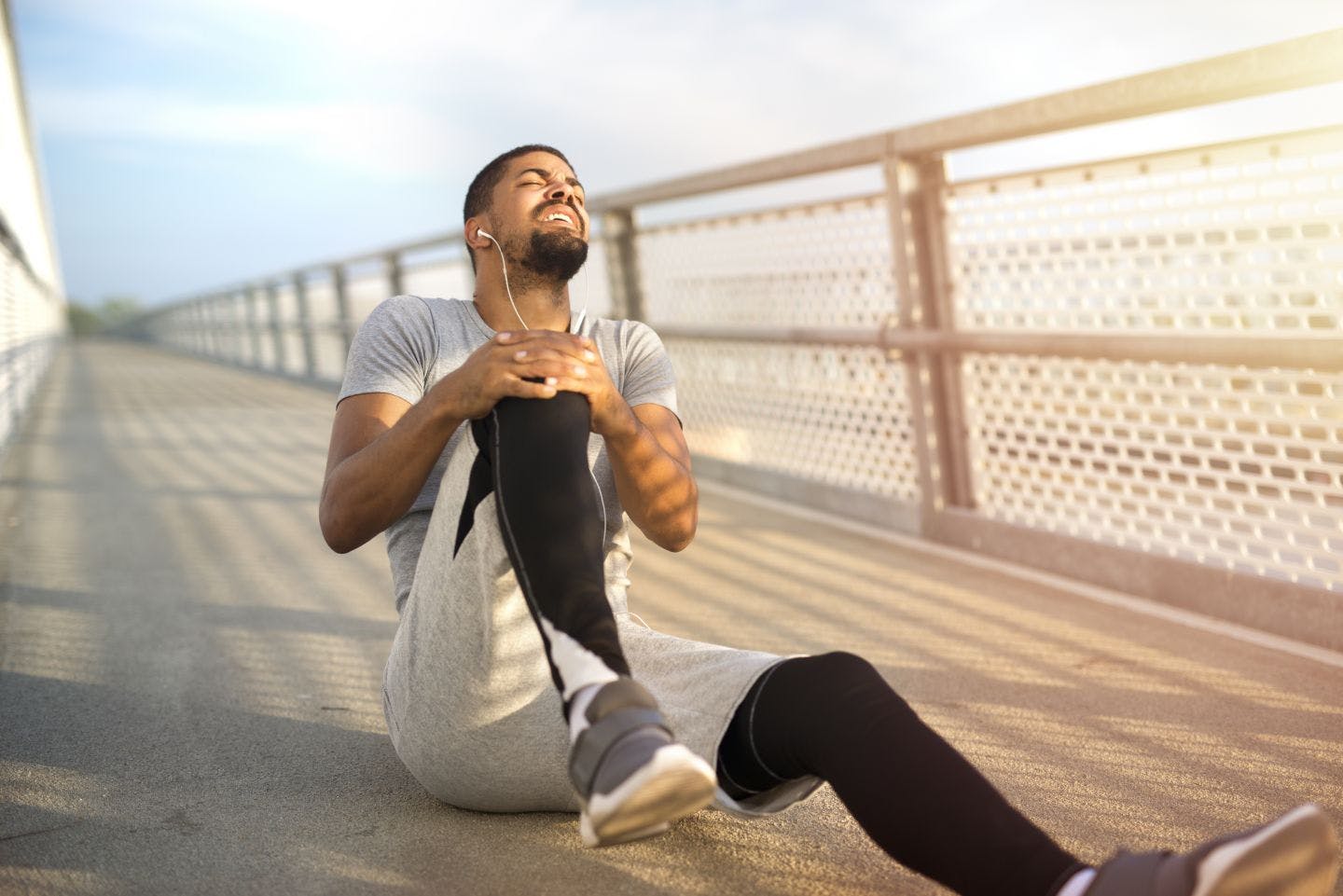Physical therapy for sports readiness focuses on preparing athletes physically and mentally for the demands of their specific sport. Here’s how it typically works:
- **Assessment**: The physical therapist assesses the athlete’s current physical condition, including strength, flexibility, balance, coordination, and any existing injuries or limitations.
- **Goal Setting**: Based on the assessment and the athlete’s specific sport and goals, the physical therapist sets individualized goals for the rehabilitation and performance enhancement program.
- **Strength and Conditioning**: The therapist designs a program to improve strength, power, agility, speed, and endurance, targeting areas of weakness or imbalance identified during the assessment. This may involve exercises using body weight, resistance bands, free weights, or specialized equipment.
- **Flexibility and Mobility**: Flexibility and mobility are crucial for injury prevention and optimal performance. The therapist incorporates stretching and mobility exercises tailored to the athlete’s needs and the demands of their sport.
- **Functional Training**: Functional exercises mimic the movements and demands of the sport to improve neuromuscular control, coordination, and balance. This may include drills that replicate specific skills or movements performed during competition.
- **Injury Prevention**: The therapist educates the athlete on proper body mechanics, injury prevention strategies, and techniques to avoid overuse injuries common in their sport. This may include biomechanical analysis of movement patterns and corrective exercises.
- **Sports-Specific Training**: As the athlete progresses, the therapist may incorporate sport-specific drills and exercises to simulate game situations and enhance performance under pressure.
- **Progress Monitoring**: Regular reassessment allows the therapist to track progress, modify the program as needed, and ensure the athlete is on track to meet their goals.
- **Return to Sport Protocol**: For athletes recovering from injury, the therapist develops a gradual return-to-sport protocol to safely reintegrate them into training and competition while minimizing the risk of reinjury.
Overall, physical therapy for sports readiness aims to optimize athletic performance, reduce the risk of injury, and enhance overall well-being, enabling athletes to perform at their best.

